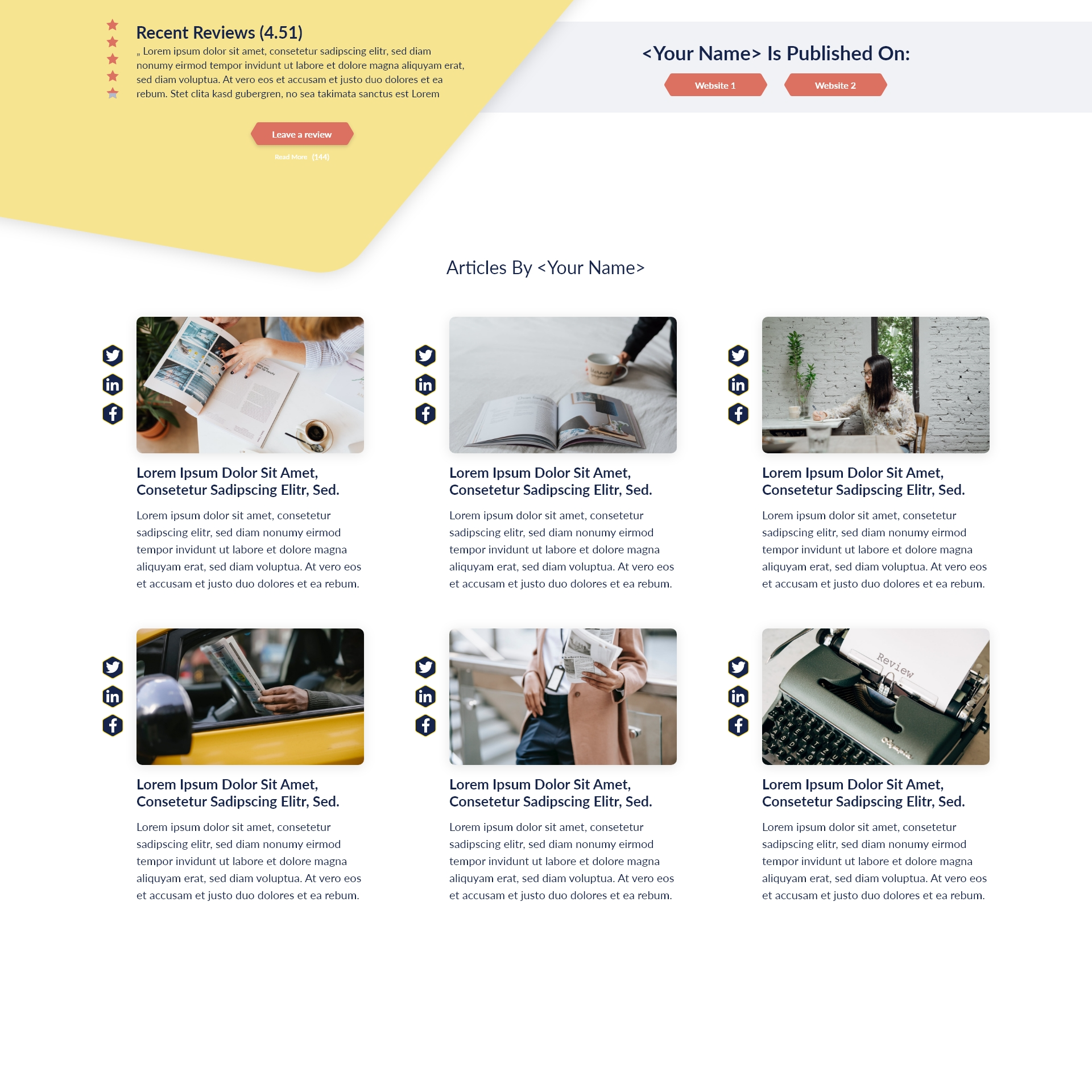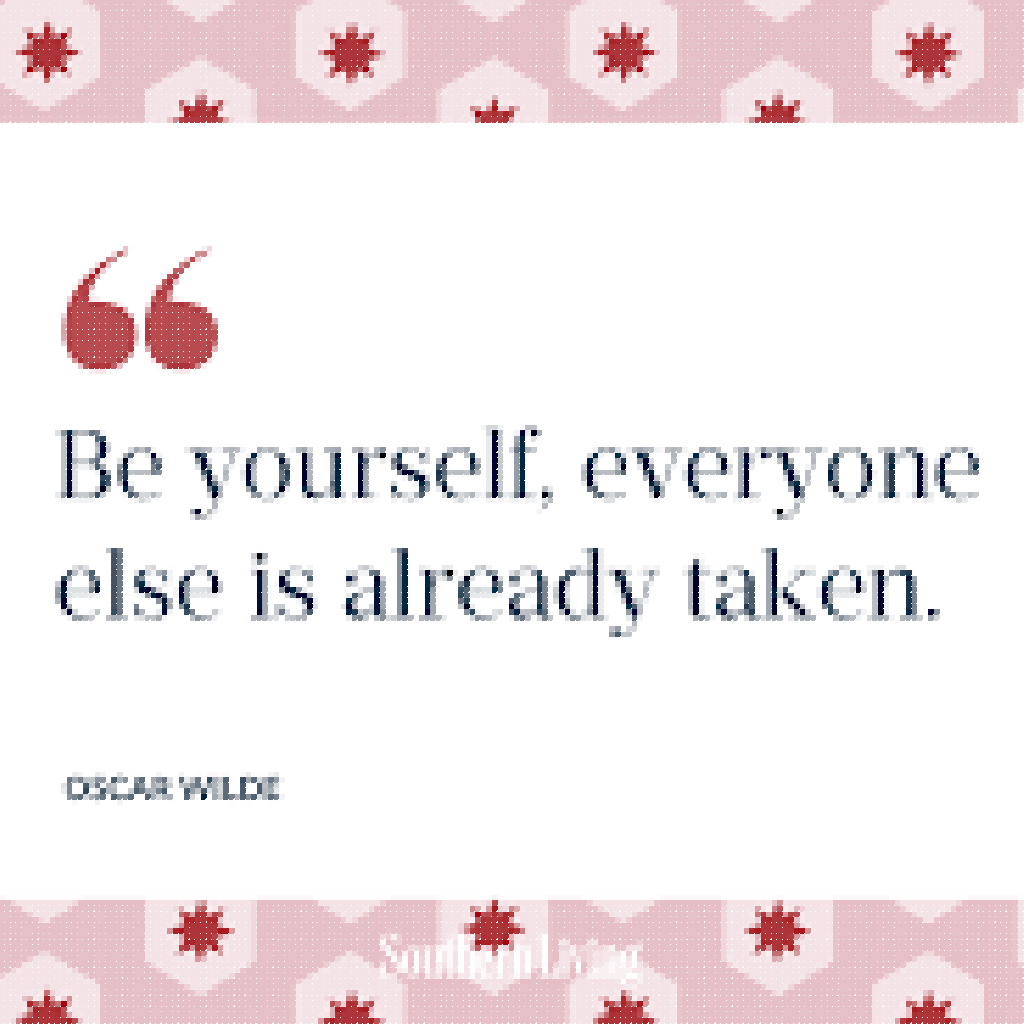Key Takeaways:
- Diversity in leadership enhances decision-making and organizational outcomes.
- Inclusive leadership and allyship are critical for building a supportive workplace culture.
- Mentorship and intentional hiring practices strengthen pathways to minority leadership.
- Cultural competence is essential for managing and motivating global teams.
- Regularly measuring diversity outcomes ensures progress and accountability in organizations.
Why Diversity Matters for Modern Organizations
In today’s dynamic and interconnected world, diverse workplaces have become more than a value—they are a necessity for modern organizations to achieve sustainable growth and innovation. The fabric of successful companies is woven with diverse talent, perspectives, and experiences. Leadership, especially when grounded in transformational styles, plays an essential role in shaping environments where diversity flourishes. These leaders don’t just accept differences; they actively harness them to drive creativity, enhance problem-solving, and secure long-term organizational success. Understanding how to apply transformational leadership and the qualities that support diversity is key for federal employees and other professionals who are committed to shaping high-performing, resilient organizations.
The Impact of Diversity on Decision Making and Organizational Success
Benefits of Diverse Leadership Teams: Insights and Evidence
Multiple studies consistently find that organizations with diverse leadership teams outperform their less-diverse counterparts. When individuals from different backgrounds collaborate, they bring unique points of view, experiences, and problem-solving approaches to the decision-making table. Research shows that companies with greater gender and ethnic diversity among executives are more likely to have above-average profitability. The presence of diversity at the top drives healthy debate, reduces the risk of groupthink, and leads to more well-rounded strategies. Federal institutions and private organizations alike benefit when varied voices are not just heard but empowered to influence outcomes.
How Diverse Perspectives Improve Problem Solving
Transformational leaders excel when steering diverse teams, as they recognize the value in harnessing collective intelligence. A workforce composed of people with different cultural backgrounds, ages, and perspectives can spot opportunities and risks that others might miss, leading to more robust solutions. When leaders encourage open dialogue and collaboration, they pave the way for deeper insight and more innovative results. This effect has practical implications—from designing policies that serve wider communities, to developing products that meet global needs more effectively.
Workplace Inclusion Strategies: Building a Strong Foundation
Key Elements of Effective Inclusion Programs
A truly inclusive organization does not stop at hiring for diversity; it creates policies and environments where everyone feels safe, respected, and valued for their contributions. Effective inclusion programs share several key elements:
- Clear leadership commitment, where top executives model inclusive behaviors.
- Ongoing education and training to dismantle stereotypes and build empathy.
- Support structures, such as employee resource groups and flexible work arrangements.
- Transparent communication channels for feedback and concerns. These efforts ensure that diversity translates into engagement and productivity, not just representation.
Addressing Barriers to Minority Leadership
Despite good intentions, many organizations struggle with a lack of diversity in senior leadership. Barriers like unconscious bias, limited access to developmental opportunities, and subtle exclusion from informal networks often persist. Transformational leaders tackle these challenges head-on by:
- Identifying and rooting out systemic obstacles in promotion and succession planning.
- Creating clear pathways for high-potential employees from underrepresented groups.
- Developing unbiased performance evaluations and investing in targeted leadership development. These actions broaden the pipeline for future leaders and ensure equity in advancement opportunities.
Inclusive Leadership Practices: Transforming Company Culture
Developing Allyship in Leadership Roles
Allyship goes beyond support; it is an active, ongoing commitment to using one’s position to advocate for equity and inclusivity. Leaders who develop this quality foster a sense of belonging for every employee. This involves:
- Listening with empathy to employees’ lived experiences.
- Publicly supporting diversity initiatives and speaking up against exclusionary practices.
- Sharing opportunities, recognition, and rewards fairly among all team members. Transformational leaders model allyship, cultivating a positive organizational climate and empowering employees at all levels.
Techniques for Mentorship for Diverse Leaders
Inclusive leaders know that mentorship is a powerful tool for advancing future leaders, especially those from underrepresented backgrounds. Best practices include:
- Structured mentorship programs that match mentors and mentees with consideration of both skills and diversity goals.
- Training managers to appreciate the unique challenges faced by minority leaders and to provide tailored support.
- Encouraging sponsorship, where leaders actively promote their protégés for stretch assignments and visibility. Mentorship not only accelerates development but strengthens confidence and commitment within diverse teams.
Take the first step toward transforming your workplace—commit to small, sustained changes that prioritize diversity and inclusion today. Every action adds up over time.
Cultural Competence in Management: Leading Multicultural Teams
Navigating Cross-Cultural Communication Challenges
Managers of diverse teams must excel in cultural competence, demonstrating the ability to work effectively across differences. This requires understanding how culture shapes communication, expectations, and conflict resolution. Leaders accomplish this by:
- Seeking out education about different cultural norms and business etiquettes.
- Encouraging team members to voice their needs and preferences around communication.
- Mediating misunderstandings quickly and fairly to prevent escalation. Cultivating empathy and adaptability ensures that communication strengthens, rather than fractures, team cohesion.
Best Practices for Managing Global Staff
With remote work and international projects becoming commonplace, effective management of global staff is more important than ever. Transformational leaders use the following practices:
- Establishing clear goals and performance standards that honor both organizational and local values.
- Utilizing inclusive meeting structures that consider time zones, languages, and accessibility.
- Investing in cross-cultural training for both leaders and staff. These best practices enable teams to thrive while respecting individual identities and backgrounds.
Promoting Gender Equity in Leadership: Strategies for Sustainable Change
Inclusive Hiring for Leadership Roles
Intentional hiring practices directly impact gender equity in leadership pipelines. Organizations foster fairness by:
- Crafting job descriptions that are free from biased language.
- Including diverse interview panels and structured interview techniques.
- Focusing on skill-based assessments rather than cultural fit alone. Such strategies level the playing field and foster more balanced representation in executive roles.
Tackling Unconscious Bias in Executive Roles
Unconscious bias often hinders the progress of otherwise qualified candidates. Effective leaders tackle this barrier by:
- Conducting regular bias training specific to leadership decision makers.
- Using analytics to track equitable promotion and compensation trends.
- Creating accountability systems that reward inclusive behaviors among executives. Such deliberate action ensures progress towards a truly diverse leadership team.
Measuring Diversity Outcomes in Organizations: Metrics and Accountability
Effective Diversity Training for Managers
Training designed for managers plays a pivotal role in fostering accountability and aligning leadership with diversity goals. The most successful programs:
- Emphasize practical skills for recognizing and responding to exclusion.
- Relate training outcomes to organizational performance metrics.
- Incorporate feedback from employees to refine content. When leaders understand the business case for diversity and inclusion, they are more likely to champion these initiatives deliberately.
Evaluating Representation in C-Suite Positions
Finally, ongoing effectiveness is measured by actual representation at the highest levels of leadership. Organizations committed to lasting change:
- Collect and analyze diversity data across departments and levels.
- Publish transparent reports on progress and strategies for further improvement.
- Set specific, achievable targets for leadership diversity and hold teams accountable for results. Measurement fosters momentum, ensures transparency, and communicates a tangible commitment to equity organization-wide.








